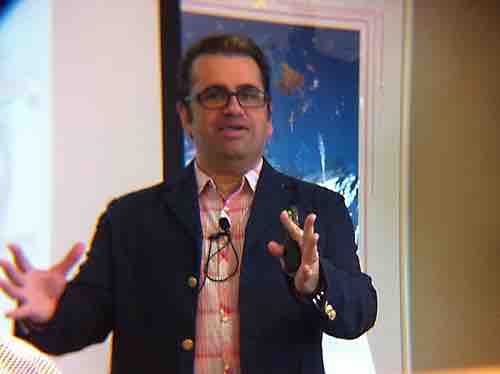Ordering Main Points
It is important to make sure that a speech flows properly to enhance understanding. When ordering main points, the speaker should consider the audience and find a way to make sure that the points are arranged to help retention and clarity .

I Hope this Flows
Making sure the main points of a speech are ordered correctly helps with understanding.
How Many Main Points?
Try to keep main points down to three or four with supporting sub points. An audience will only be able to grasp so much information at one time and the presenter does not want to bombard the audience with too much information at once. Additionally, make sure that each of your main points are supported by the same number of subpoints or evidence. This adds balance and proportion to your speech.
Ways to Organize the Main Points of Body
The following are the 9 different ways to organize your speech, including examples to help you understand better. Each of the main points, of course, would require additional support and evidence in a speech and are identified only to aid the conceptualization of the organizational forms.
Temporal Organization
This is the chronological approach; it is good choice for when you are telling a story, explaining research, or outlining a future plan.
Cause-effect
Telling why something happened; cause-effect may be used for past, present, or future events and processes. Cause-effect can also be reversed, from effect back to cause.
Example: What causes something to happen, and the result (effect) of the occurrence.
Spatial Patterns
When using spatial patterns, be sure to proceed systematically from one place to the next, following a clear order. A size sequence is a variation on spatial organization, describing different artifacts from smallest to largest (or from largest to smallest). This is useful when describing something, especially a progression through a place/time or a physical object.
Example: First you enter here, then you go through there, and you end up…
Topical
Topical is an appropriate approach when the subject matter has clear categories of division.
Example: My Family: my dad, my mom, my brothers.
Importance Patterns
This can be used to discuss the different reasons for something and then designating their importance.
Example: If you were the President's advisor, you may come to him/her with 3 problems, organizing each in the order of importance to the country.
Compare/Contrast
The compare/contrast takes two or more entities and draws attention to their differences and/or similarities.
Example: If you were comparing apples and oranges you could use this to better clarify and prove your argument.
Problem-Solution Organization
- Problem-solution organization involves the identification of a problem followed by a possible solution.
Example: (1) Timmy does not have enough skittles (2) Ask Bobby to share.
Stock Issues
Stock issues are designed to organize presentations on issues of policy in a more complicated way than simple problem-solution. There are generally four main components to this organizational scheme:
- a description of the current system (inherency, or the inherent flaws in the current system),
- explanation of the harms that result from the current system (harms),
- a program to address those harms (a plan of action),
- reasons why the plan would be preferable to keeping the current system (solvency or why the plan would help the problem).
This is good organizational tactic for persuasive speaking. It has 5 Components:
- Gain audience attention
- Show need for change
- Provide an alternative
- Benefits of the change
- A call for action